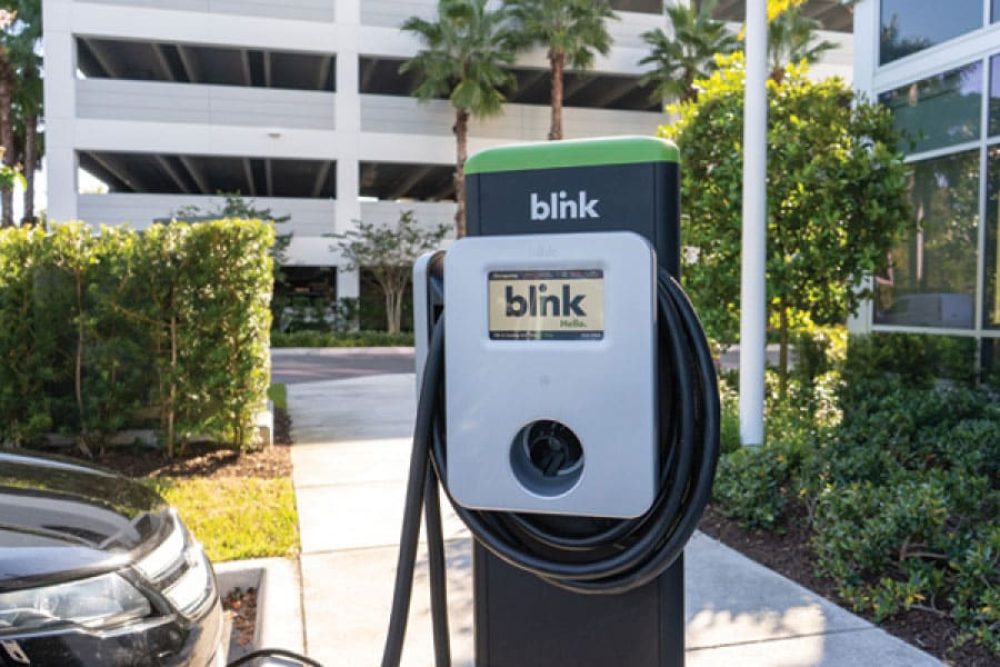As the use of electric vehicles increases, it is crucial to make sure that the EV charging process at home is secure, effective, and dependable. Proper electrical system preparation, charging equipment selection, charging location and installation, and charging etiquette are all crucial factors that can impact the overall effectiveness of your charging setup. By following these best practices, you can ensure that your EV charging experience is optimized for both convenience and longevity. This article has discussed the different types of home EV charging, as well as the key considerations for electrical system preparation, charging equipment selection, charging location and installation, and charging etiquette. By implementing these best practices, you can enjoy a hassle-free charging experience while also promoting the efficient use of shared charging equipment.
Types of Home EV Charging
There are three primary types of home EV charging: Level 1 charging, Level 2 charging, and DC fast charging. Each charging type has different capabilities and charging speeds, making them suitable for different situations.
Level 1 charging is the most basic form of home EV charging and requires a standard 120-volt outlet. It delivers a charge of about 4 to 5 miles per hour of charging time, making it best suited for overnight charging or for short commutes. Level 1 charging is the slowest of the three charging types but is the most widely available and requires no special equipment installation.
Level 2 charging requires a 240-volt circuit and a dedicated charging station. This charging type is more powerful than Level 1 charging, with speeds of up to 25 miles per hour of charging time. Level 2 charging is ideal for home charging and can fully charge an electric vehicle in about 4 to 8 hours.
DC fast charging is the fastest type of EV charging and is ideal for on-the-go charging. This charging type requires specialized equipment and can deliver up to 80% of a battery’s capacity in just 20-30 minutes. DC fast charging stations are less common in residential areas and are typically found along highways or in public charging stations.
In comparison, Level 1 charging is the slowest and least expensive, Level 2 charging is more powerful and efficient for regular home charging, and DC fast charging is the quickest and most suitable for long-distance travel. The charging type that best fits an individual’s needs depends on their daily driving habits and charging requirements.
Best Practices
Now that we’ve discussed the different types of home EV charging, it’s important to consider the best practices for safely and efficiently charging your electric vehicle at home. These practices encompass everything from electrical system preparation to charging etiquette. By following these best practices, you can ensure a reliable, safe, and convenient charging experience that maximizes the lifespan of your EV battery and charging equipment. In this section, we will explore the best practices for home EV charging, including electrical system preparation, charging equipment selection, charging location and installation, and charging etiquette.
Electrical System Preparation
Proper electrical system preparation is critical to ensuring safe and efficient home EV charging. Before installing any charging equipment, it is essential to check that the electrical infrastructure of your home is capable of handling the required electrical load. This means checking that the circuit breaker, wiring, and outlets are all rated for the charging equipment’s electrical specifications.
In some cases, upgrading your electrical systems may be necessary to accommodate the additional power requirements of charging an electric vehicle. It is crucial to use a licensed electrician for any electrical work to ensure the installation meets local and national electrical codes and standards. The electrician can also help determine if your home needs an electrical upgrade and obtain necessary permits.
By ensuring proper electrical system preparation, you can reduce the risk of electrical hazards, such as electrical fires and electrical system damage. Proper preparation can also ensure that your charging equipment operates efficiently, saving you money on energy costs in the long run.
Charging Equipment Selection
Selecting the right charging equipment is crucial for effective home EV charging. It is important to choose a reputable charging equipment manufacturer to ensure that your charging station is reliable and meets industry standards. Additionally, selecting the appropriate charging speed and capacity is essential for efficient charging. This depends on your EV’s battery capacity and charging needs.
Smart charging features, such as timers and automated charging, can also help optimize your charging experience by reducing energy costs and protecting your EV’s battery health. When selecting charging equipment, it is also important to choose an EV charging station charging station with safety certifications to ensure that it meets safety standards and protects against potential electrical hazards.
By selecting the right charging equipment, you can ensure that your EV charging is efficient, convenient, and safe. Proper equipment selection can also help extend the lifespan of your EV’s battery and reduce the risk of equipment failure or damage.
Charging Location and Installation
The location and installation of your charging equipment can greatly affect the convenience and safety of home EV charging. When selecting a location for your charging equipment, it is important to consider accessibility, safety, and convenience. The charging location should be easily accessible for your EV and should be located in a safe and well-lit area.
Proper installation of your charging equipment is also essential for safe and efficient charging. This involves following the manufacturer’s installation guidelines and ensuring that the electrical wiring and circuitry meet all relevant electrical codes and standards.
Planning for future expansion is also important when installing charging equipment. You may want to consider installing additional charging stations or upgrading your existing equipment to meet your future charging needs.
Charging Etiquette
Charging etiquette is an essential consideration for home EV charging, especially when sharing charging equipment with others. It is important to develop a charging schedule with others to ensure that everyone has equal access to the charging equipment. This can help avoid conflicts and ensure that everyone’s charging needs are met.
It is also important to avoid long-term charging, as this can tie up the charging equipment and prevent others from using it. If possible, consider only charging to the level needed for your next trip and avoiding charging to full capacity.
Being considerate of other EV owners is also important when using shared charging equipment. This means being mindful of charging times and not leaving your EV parked in the charging space longer than necessary. Additionally, it is crucial to never unplug other vehicles without their permission, as this can cause unnecessary inconvenience and frustration.
By following proper charging etiquette, you can help create a positive charging experience for yourself and others. This can help build community among EV owners and promote efficient and respectful use of shared charging equipment.
Conclusion
Home EV charging is an essential consideration for anyone who owns an electric vehicle. You may ensure a secure, quick, and dependable charging process that extends the life of your EV battery and charging hardware by adhering to the best practices recommended in this article. Proper electrical system preparation, charging equipment selection, charging location and installation, and charging etiquette are all critical factors that can impact the overall effectiveness of your charging setup. By selecting the appropriate charging equipment, planning for future expansion, and following proper charging etiquette, you can help create a positive charging experience for yourself and others. It is getting more and more crucial to make sure that your home charging arrangement is optimum for both convenience and sustainability as the number of electric vehicles grows.
You can contribute to the advancement of a cleaner, more productive, and more sustainable future for all by putting these best practices into practice.








